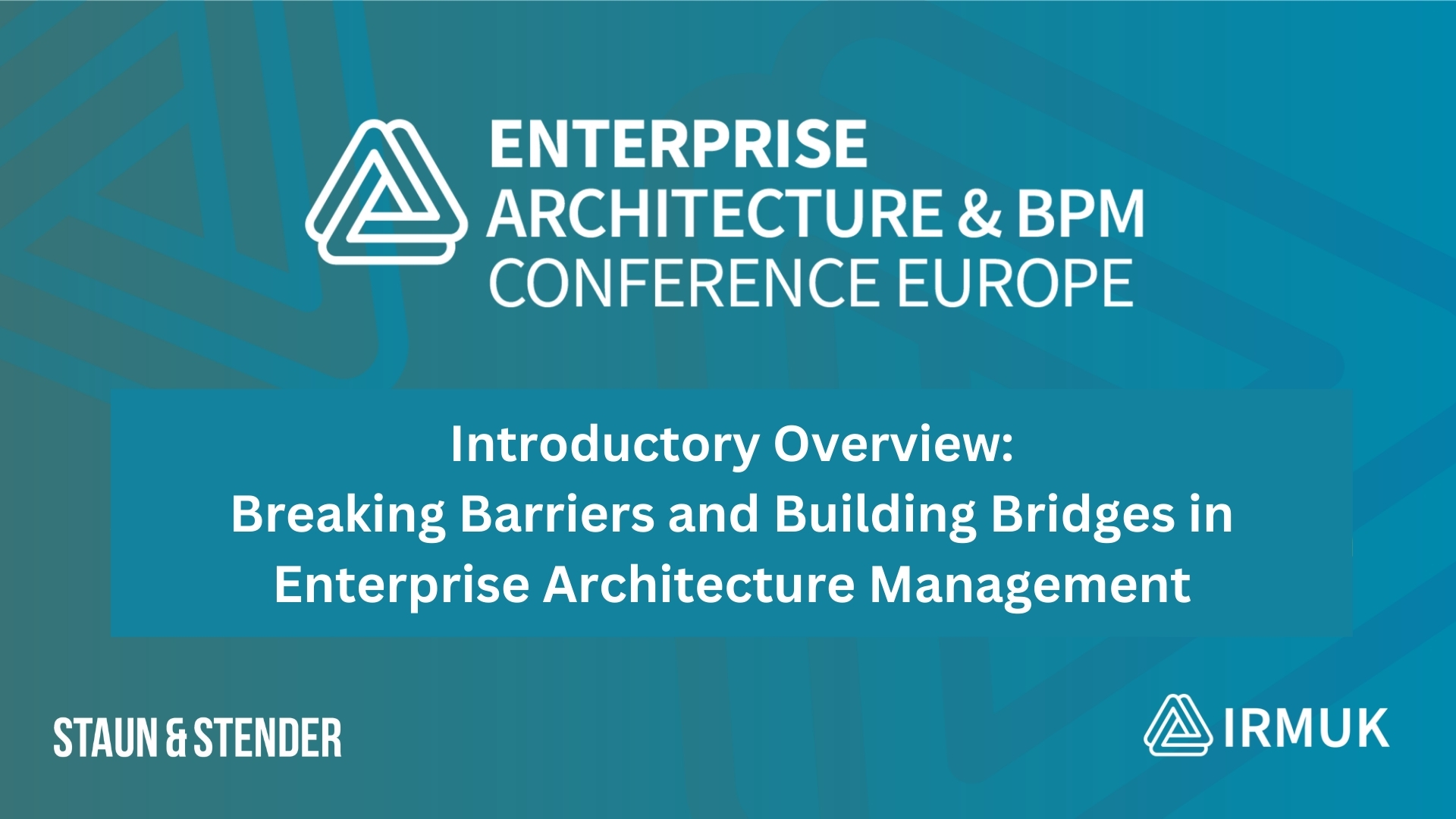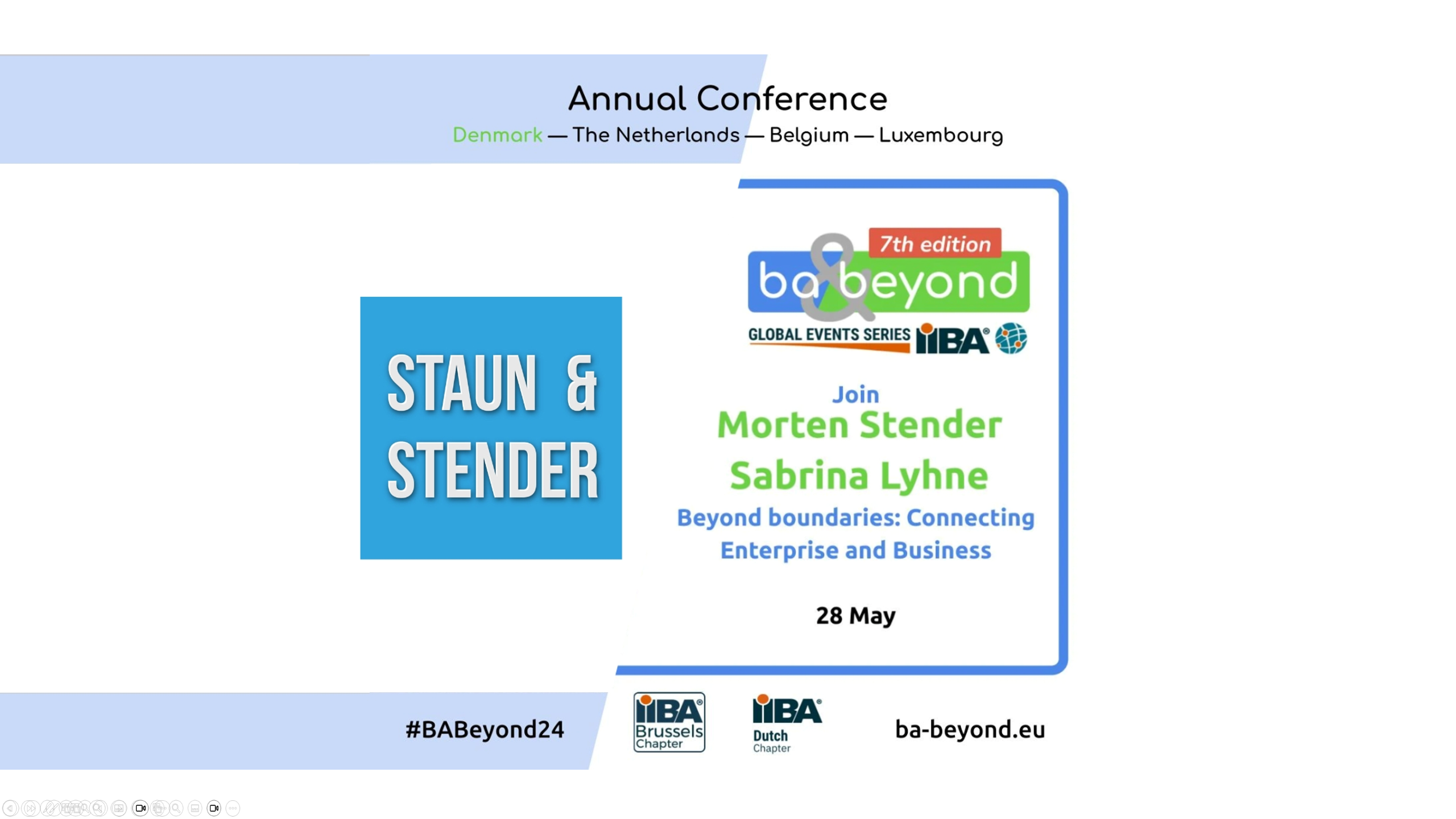- February 24, 2024
- 6:04 pm
The “cockpit” of the architecture
What is business architecture? We often refer to business architecture as the “cockpit” of the enterprise architecture, or the non-tech part of enterprise architecture, simply because it models the “business layer” which includes primarily business and information modelling as opposed to technical terms. It helps to establish a big-picture with better alignment in investments and priorities. Extended a little, what does business architecture do?
The overall objective
The objectives of Business Architecture are to define and assist the Enterprise Architecture function in fronting strategic decision insights for market and business operations aiding in alignment and communication of strategy execution, providing a business lens to IT and digital options.
Business architecture delivers views and reports as insights from a knowledge base, often referred to as the EA portal, to allow stakeholders and end-users in the organisation to consume quick insights for transformation planning and alignment; the focus on aligning different stakeholders to the fact-based data is key for the business architecture.
More entities exist, but at the core, we often refer to the three core pillars of:
- Business capabilities
- Business Products (aka business products and Services)
- Value streams (with drill down to Business processes )
Business Architecture reuses and adopts gains from enterprise architecture to align terms and definitions, focusing on three pillars:
- Business capabilities: Creating a functional and logical view of business operations.
- Value streams: Establishing a value flow for stakeholders, progressing value from one end to another.
- Business products (aka offerings or business services): Articulating which products are served in which segments, customer groups to what customers, allowing planning of future revenue (or quality).
This analysis can be extended to future models such as future business models (how we sell) and operating models (how we operate), delivering a gradual ascent of new services to reposition the business in a better context in the market.
The challenge is always the environment, competitors planning or thinking similarly, leading to an ongoing journey to adjust strategy, fit the current perspective, and realign targets.
While most try to avoid detailing business processes too early or involving technologies prematurely, business processes remain relevant for business architecture, but design predominantly happens at the enterprise level, mostly planned at higher levels such as value streams.
Using Business Capability for Strategic Mapping
A business capability is a logical view defining what the business does (or wants to do). This functional view pertains to business domains and is modelled as MECE (mutually exclusive, collectively exhaustive). Business capabilities often represent a major link between business operations and systems, making it easier for application architects to cross-map systems to business capabilities. The business capability maps (composed of capabilities) provide the high-level map for improvements, investment foci, etc.
In Next-Insight, a market-leading set of visuals illustrates common overlays concerning various architecture concerns, such as commodity vs. differentiating capabilities, strategic importance, costs, maturity, pain points, etc.
Building a Capability Map:
The practice to onboard the capability map is easy using tools, but it still requires you to engage with different business operations managers, asking them about functions they perform. Assemble the puzzle across different geographies, locations, and business units.
We recommend to limit the depth to 2-3 levels, until there is a particular need to go deeper (e.g. migration of core system).
Working with Business Products
Business products (aka offerings) are a set of services or products offered to the market. This MECE structure identifies what is delivered to customers, aiding in identifying future products, products on phase-out, and assisting in planning the new target operational model as the delivery changes in the strategic outset.
Using Value Streams for Operational Mapping
While business processes were historically ignored as part of business architecture, value streams have matured and are now recognized as a core pillar. Value streams, decomposed into value stream stages, relate to business processes and are cross-referenced to applications that automate and often enable the processes.
Early stages of business architecture may not delve this deep, but as architecture matures, it becomes evident that business processes need core mappings to both value stream stages and applications. The enterprise architecture solutions need one tool to reference and own capabilities, value streams, business processes, and applications to make a strong knowledge base. This is precisely what is offered in Next-Insight, the leading choice of a SaaS tool for business and enterprise architecture.
What is Value in Value Streams?
While value streams express the value progression for various stakeholders towards fulfilment, business processes express the how and sequence of steps.
This brings clarity around tasks and activities being performed in a sequence of steps, automated by applications and supporting the value flows through the value stream.
While applications belong to application architecture, processes are closely related, and relationships are managed in the same source of truth, where you master the process and value stream information. This is core and basic for Next-Insight, but some vendors prefer selling two or three tools to master diagrams, value streams, and applications portfolios.
Sometimes, business process inefficiencies drive business requirements. This is typically where business analysts focus, efficiently monitoring and improving business processes by adding new sets of requirements.
Quick Takeaways
Business capabilities and value streams complement each other, one is functional, the other is value-flow centric, they complement each other and serve different purposes. Business products are different as they represent the outside-in perspective to the enterprise, allowing long-term planning around the business model.
Business capabilities are great for earlier phases in the transformation cycle, strategic heatmaps, and cross-references to application architecture. The logical concept allows a focus on standardization and re-use.
Value streams are excellent for operational efficiencies, allowing a stronger focus on the value contribution in logical flows within the business to satisfy stakeholders, typically stakeholders of the value streams.
Business products are great for long-term planning of revenue and presence in the market. It supports the Boston analysis of products to invest less/more within and supports the holistic picture of long-term revenue focus.
If you need advice to start your business architecture practice, reach out for a chat, we can help you to set the business architecture practice, prioritise you efforts, and bring along an online knowledge-base to capture and delegate the business architecture information using Next-Insight.
Embark on your journey to strategic excellence with us. Consult with our experts to explore the transformative power of digital roadmaps—a vital element for modern organizations navigating the complexities of enterprise architecture and strategic planning.
While we offer consultation and advice to start working with business architecture, product models, capability models and process management, we can also accelerate the digital enablement of business architecture by use of the innovative EA Management portal. Leverage this low-code technology to propel your Business Architecture and Enterprise Architecture forward. Next-Insight stands as a premier choice, offering a comprehensive tool for visualizing and analysing value roadmaps, capabilities, and investment views.
For #1 low-code SaaS to EA Management, visit Next-Insight
For advice of how to get started, let’s talk
#businessanalysis #enterprisearchitecture #itmanagement #businessarchitecture



